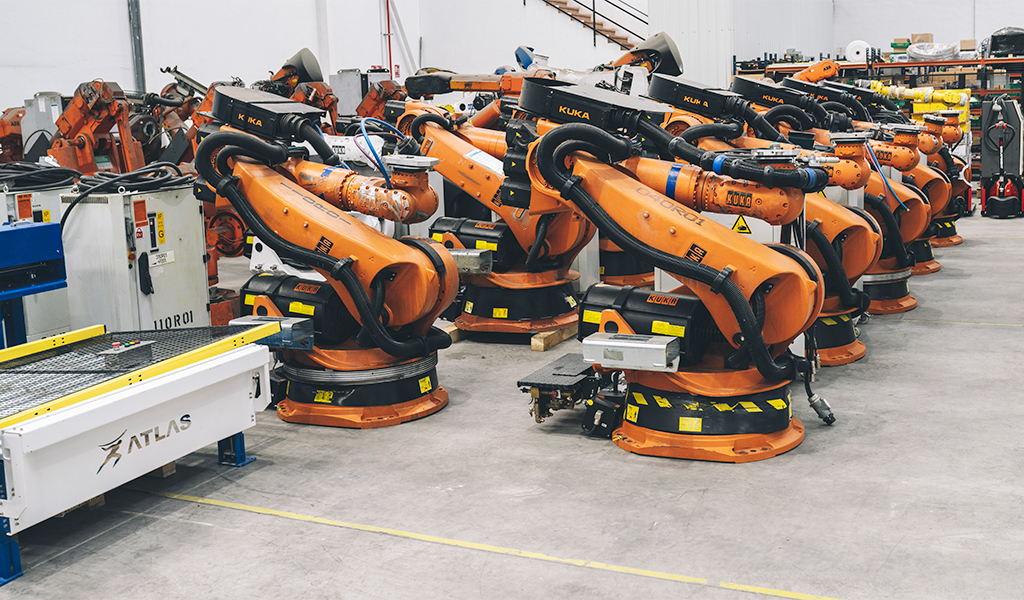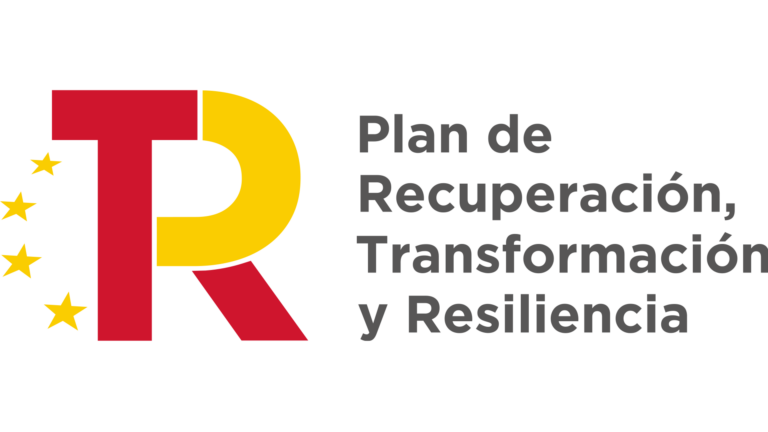
The world of robotics seems to have no limits and is advancing unstoppably, reaching a record global stock of some three and a half million units.
Little by little, robots are consolidating their place in daily work and personal life, allowing a great advance in the robotics industry both in Spain and in the rest of the world. At present, it does not seem far-fetched to imagine a world where people live with this technology in places such as at work or at home.
Some people are afraid of this change or have the belief that this type of technology is coming to our society to replace humans, but this is far from reality.
The main objective of robots is to perform the most dangerous, repetitive and tedious tasks faced by a worker. In this way, quality jobs would be established by eliminating physical wear and tear or possible injuries.
Robotics industry in Spain
In 1979 the first electric robot was installed in Spain. Since then, the robotics industry has not stopped evolving, becoming one of the sectors least affected by the pandemic.
Currently it already stands out as one of the countries with the highest density of robots, ranking in the top 15, as revealed by the data published by the World Robot report of the International Federation of Robotics (IFR). In our country, more than 50% of robots are part of the automotive industry, representing a density of 200 robots per 10,000 workers. They are also present in other sectors such as metallurgy and food.
In addition, Spain offers technical support to territories such as Puerto Rico to share its "connected industries" digitization strategy. In the global environment, many countries are carrying out projects for digital transformation, such as the United States (Manufacturing USA), France (Industrie du Futur) or Germany (Industrie 4.0).
Despite the great growth, the crisis in which we are immersed has caused many companies to focus on survival rather than thinking about the future or evolution. This fact is causing a slight slowdown in the transition process.
Robotic trends for 2023
We are talking about a key transformation towards automation for all companies. In the future, those factories that have not opted to mechanize their processes are doomed to die due to the lack of competitiveness they offer.
According to the International Federation of Robotics, this year the focus will be on robots that are more energy efficient and easy to use. In the past you needed to have experts on staff to operate them, but now anyone can use one without experience or prior knowledge.
For Marina Bill, president of the IFR, "The new trends in robotics are attracting users from small companies to global OEMs". Another trend that will reign this year will be to give robots a second life due to their long service life.
This allows lower costs, enabling small and medium-sized companies to automate their production. At Atlas For more than a decade, we have been developing easy-to-use refurbished robots to integrate this technology into SMEs.





